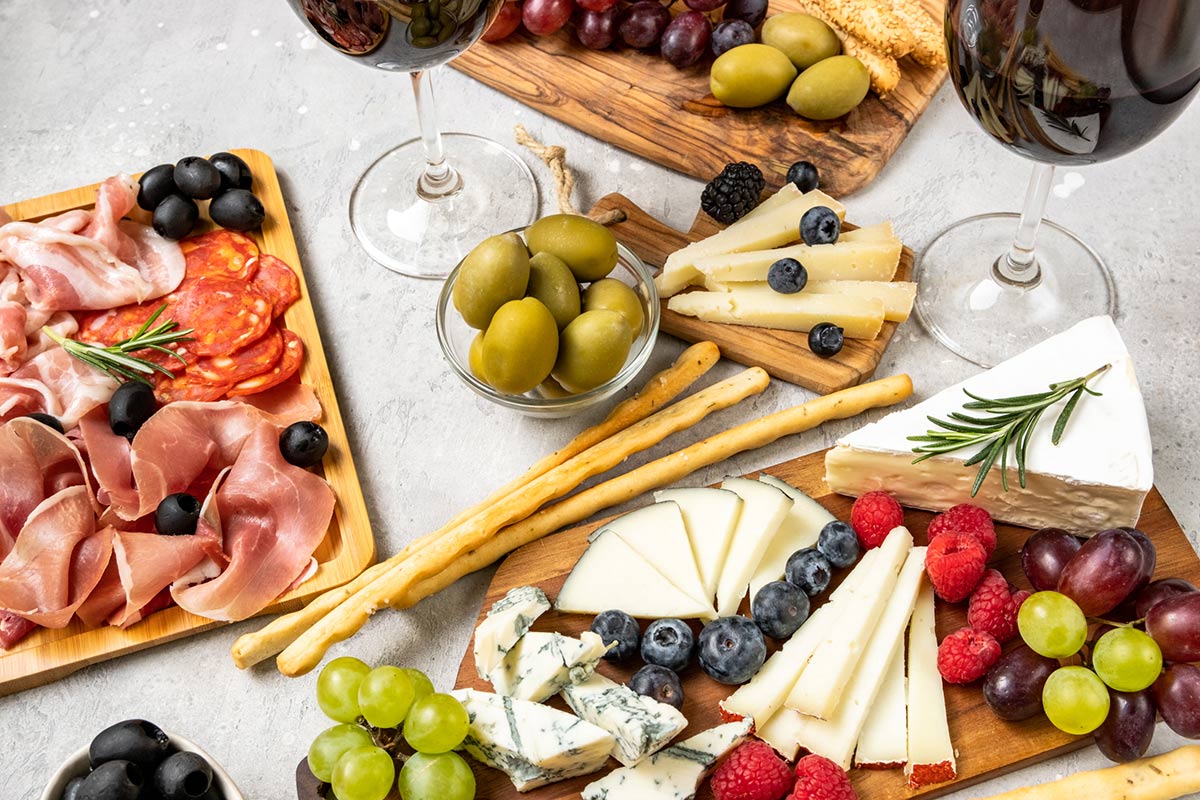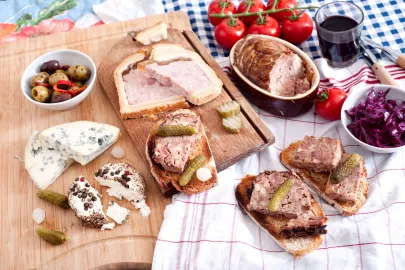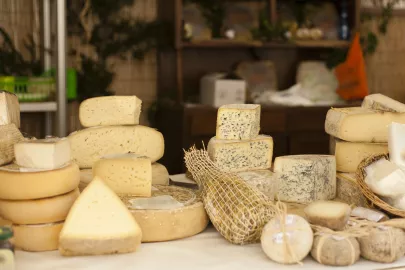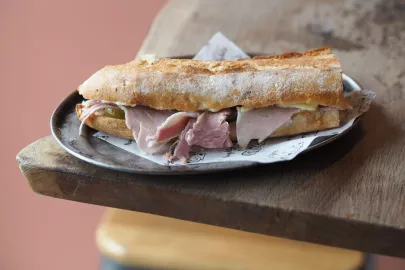Die fünf wichtigsten Unterschiede zwischen Aperitif und Digestif
Neben den weltbekannten Weinen zeichnet Frankreich sich auch durch die besten Weinbrände auf unserem Planeten aus, zu denen vor allem Cognac, Armagnac und Calvados zählen. Wie unterscheiden sie sich? Keine Angst, das ist schnell erklärt. Wir haben alle Informationen gesammelt, die man zu Cognac, Armagnac und Calvados wissen muss. Stell schon mal eine Karaffe und Gläser auf den Tisch.
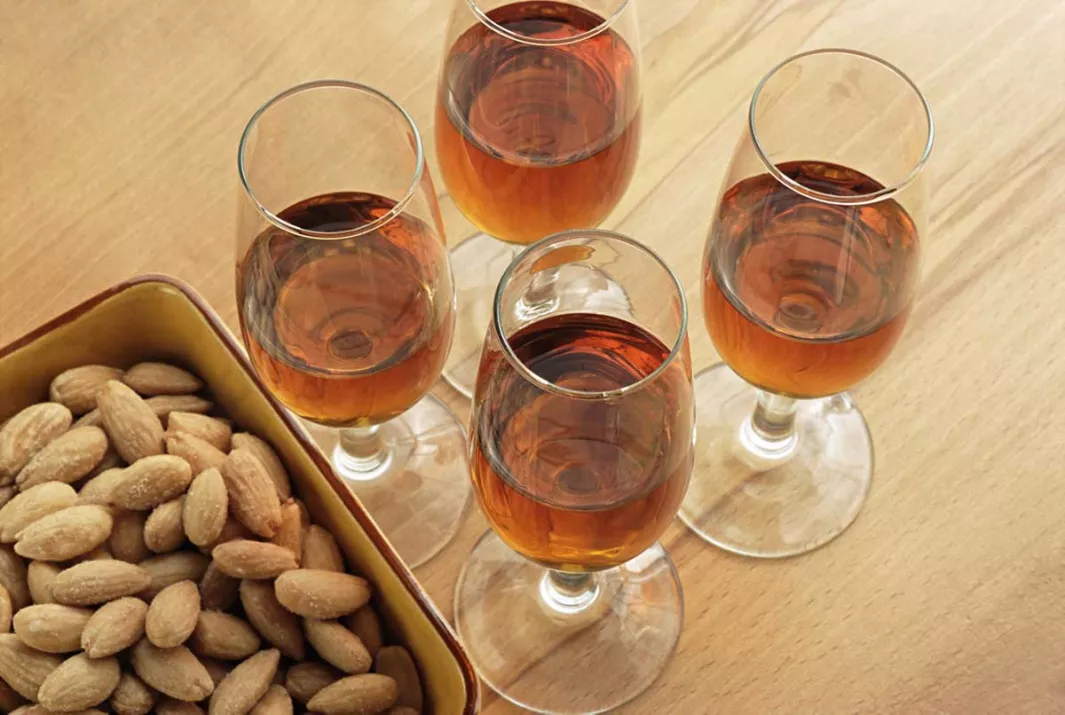
Unterschied #1: Anbaugebiet
Cognac wird in der Umgebung von Cognac (Charente) im Norden von Bordeaux angebaut. Hier wächst der Wein vor allem auf weißen Kreideböden. Aufgrund der Lage in der Nähe des Atlantiks war Cognac einer der ersten französischen Weinbrände, die ins Ausland exportiert wurden und besonders bei Engändern und Iren auf großen Anklang stießen.
Armagnac liegt südlich der Garonne in der Region Midi-Pyrénées. Der Wein, aus dem Armagnac gebrannt wird, kommt aus drei Gebieten: Haut-Armagnac, Ténarèze und Bas Armagnac. Calvados stammt wiederum aus der Normandie, der nordwestlichsten der 18 französischen Region.
Difference #2: History
The practices of consuming apéritifs and digestifs date back over 1,500 years. However, the apéritif (aperitivo) practice became common in Europe, specifically Italy, during the 1800s. Café culture in major Italian cities (Rome, Turin, and Genoa) are credited with making the ritual of the pre-dinner drink fashionable. In France, the practice became popularized during the mid-19th century, when local chemist Joseph Dubonnet crafted his eponymous quinine-based brew to fight malaria. To hide the quinine-driven flavors of the concoction, Dubonnet macerated a handful of herbs and spices into the blend. It’s said that Dubonnet’s wife enjoyed the potion so much that she began to share its joys with her friends before and after long meals.
On the contrary, the digestifs were originally used for medicinal purposes. These strong beverages were generally prescribed for every sickness under the sun, from stomach pains to other ailments. By the 1700s, digestifs finally made their way to the table, with the primary use of aiding in digestion after a long meal.
Difference #3: Timing
The main difference between apéritifs and digestifs is the time in which they’re consumed, as well as their sweetness level. Apéritifs are served before a meal and are generally drier, whereas digestifs are served after a meal and tend to be sweet, stronger in alcohol, and/or more bitter.
Difference #4: Beverage Specifics
Popular apéritif choices include vermouth, pastis, dry sherry, and Champagne. Dry, acid-driven white wines are also frequently consumed. In France, apéritif options can vary by region. In the south, pastis is commonly sipped before dinner, whereas Calvados is more fashionable in Normandy. Throughout the country, Kir (blanc-cassis) is a popular apéritif pick. This basic cocktail is crafted from blackcurrant liqueur (crème de cassis) and a splash of white wine, traditionally Aligoté from Burgundy. When the Aligoté is replaced with Champagne, the cocktail is referred to as a Kir Royal.
Common digestifs include fortified wines (sweet sherry, port, madeira), various brandies (cognac, chacha, grappa), bitter liqueurs (Fernet, Chartreuse, Sambuca), or other distilled liquors (ouzo, mezcal, aquavit).
Difference #5: Preparation
Apéritifs are usually served with light savory snacks, so simply grab some chips, nuts, or briny olives, pour them into a small dish, and pop something dry and delicious to sip. For a heartier apéritif, slice up some baguette, snag some artisanal cheese, grab a saucisson, and curate a customized charcuterie board at home.
Digestifs are simple. Pop, pour, and let the digestion commence. Although digestifs generally don’t include food, as they are consumed after long and robust meals, serving a small cookie or biscotti alongside a pour of something strong always adds a nice touch.
Creator

Autorin





